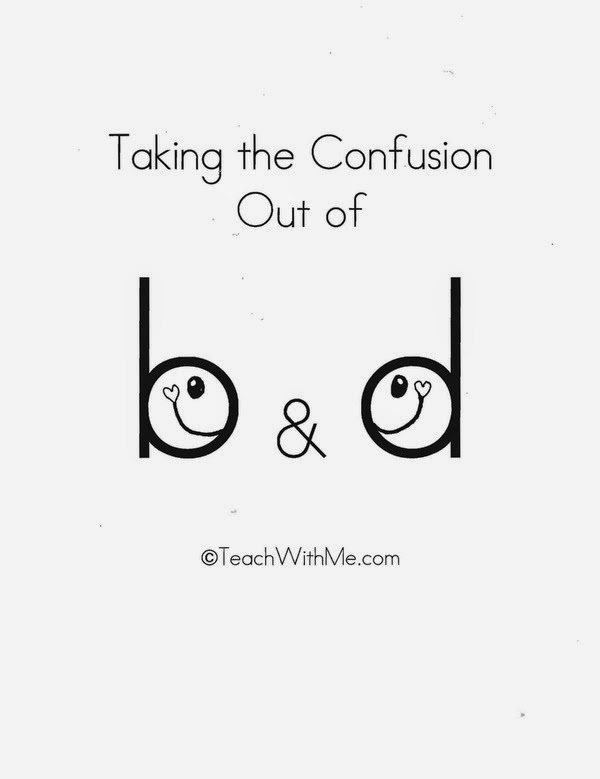Ok, so, it's not exactly the night before Halloween, but it's getting close! Since my school spends all day Friday celebrating the holiday, I decided to spend Thursday doing fun Halloween activities in class with the little ones. This week has been out of control with Red Ribbon Week events, activities, dress up days and more, so I'm ready for a fun-filled day in Kindergarten.
Most, if not all, of what we will be doing I got for free, so I'll include links to everything in case you are interested in using it yourself! Here is our plan for tomorrow:
0
Most, if not all, of what we will be doing I got for free, so I'll include links to everything in case you are interested in using it yourself! Here is our plan for tomorrow:
Math
Count to 100 Every Day
(we literally do this every day and they still love it)
After this quick warm up we will be doing some Halloween hundreds chart pictures:
Next, we will review patterns (which we have been working on for a while now) and complete this Halloween pattern worksheet:
Reading & Writing
Next, we will be reading Aaaargghh, Spider! (if you don't have this book there are plenty of read-aloud videos on youtube of the book) and completing a graphing and writing activity from this mini unit created by Miss Kindergarten.
Art Project
Just for Fun
Happy Halloween!


























